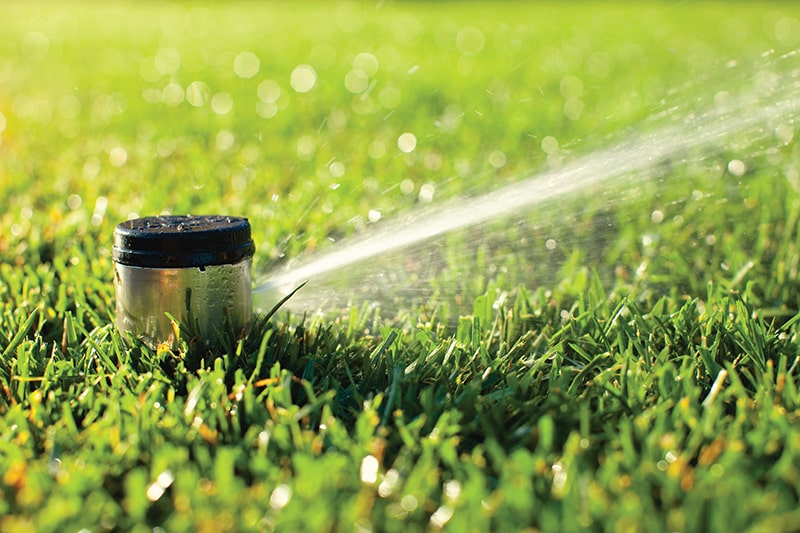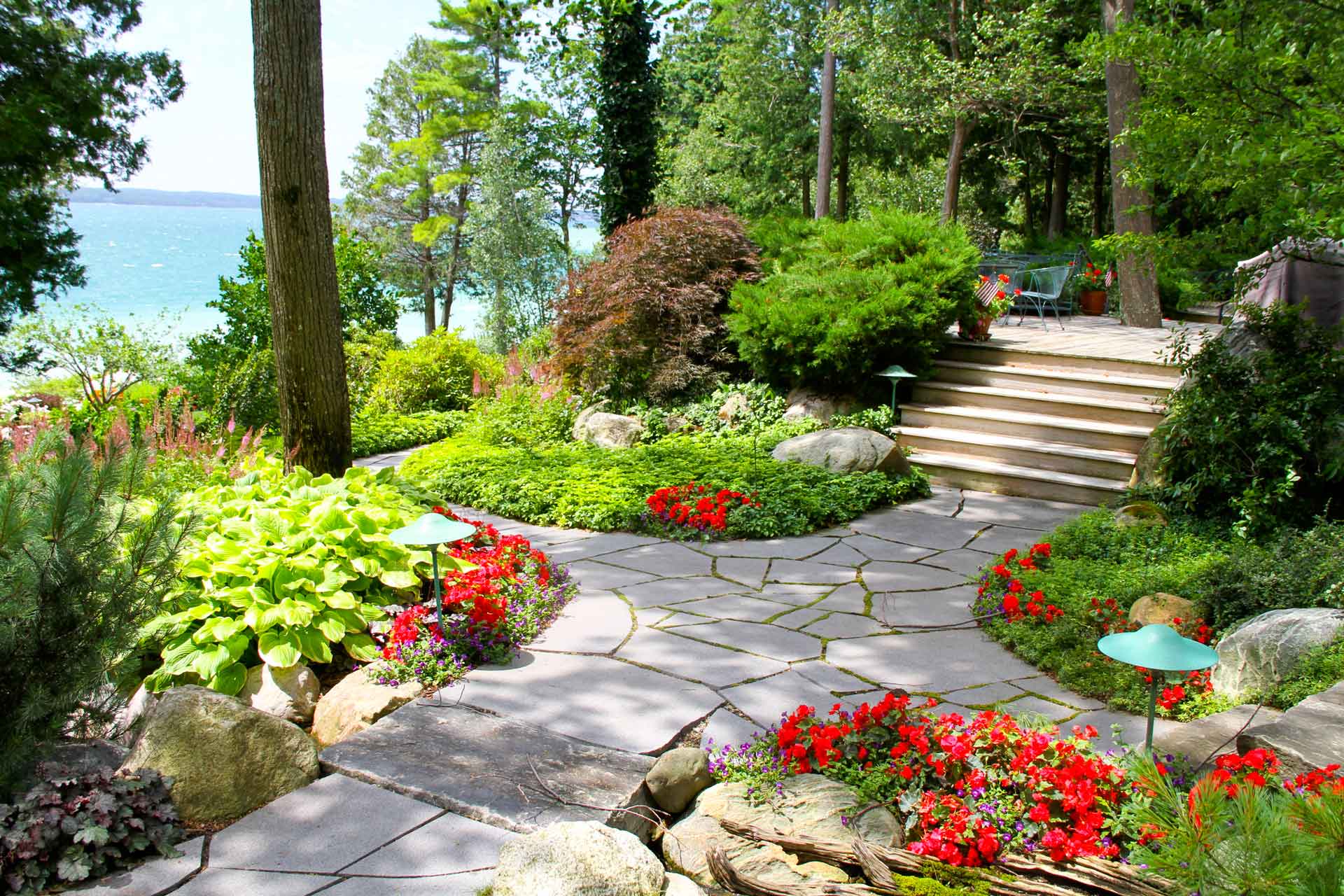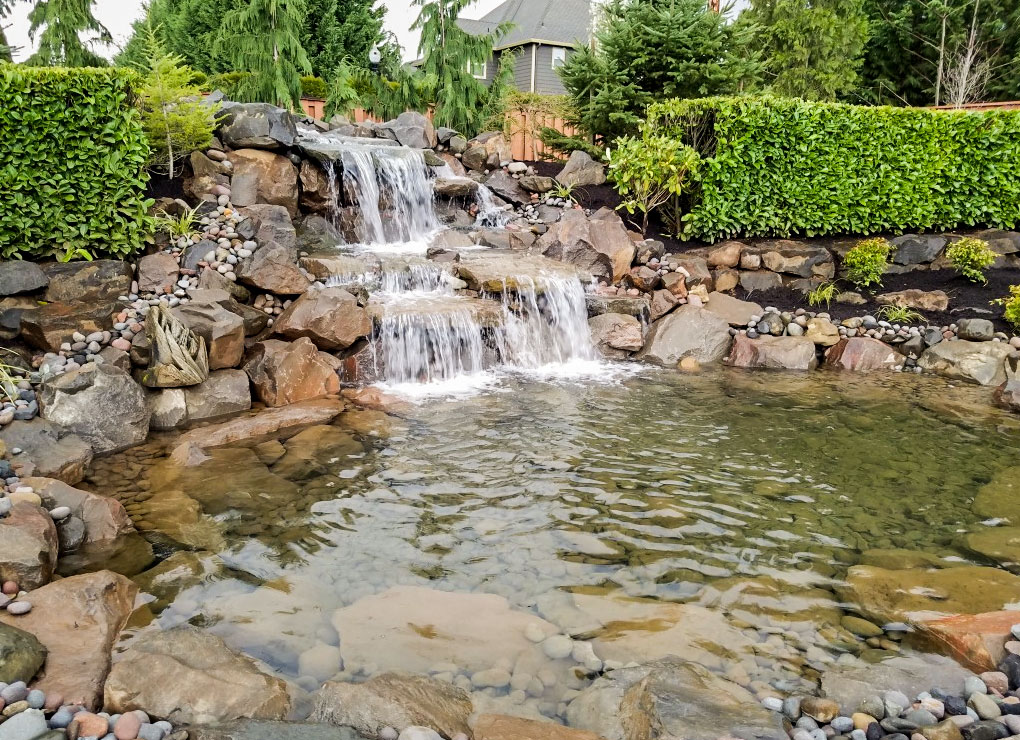Are you thinking about creating a beautiful xeriscape landscaping design for your home? If you’re searching for landscape ideas that can help you conserve water, xeriscaping is a fantastic and widely embraced design approach. Discover the benefits and drawbacks of xeriscaping, as well as what you can anticipate from this design style.
Xeriscaping is a special type of landscaping that prioritizes water conservation and utilizes drought-tolerant plants to maximize the available resources in your area. This environmentally-friendly approach to landscaping often incorporates native plants and other elements to create an outdoor space that is not only stunning but also low-maintenance.
Xeriscaping has gained popularity in various states due to its ability to thrive with lower water requirements. The desert-oriented plants commonly used in Xeriscaping are known for their resilience, allowing them to flourish in arid conditions. Considering the benefits of water conservation and the hardiness of these plants, Xeriscaping could indeed become the next gardening trend worth considering.
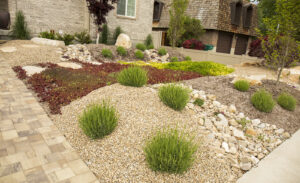
What is Xeriscape Landscaping?
Xeriscaping refers to a style of landscaping or gardening that relies on minimal irrigation to thrive. It is commonly practiced in regions of the United States with dry climates, and in some areas, it is the most practical gardening option available.
Xeriscaping is an alternative approach to traditional gardening, but it encompasses similar principles such as soil improvement, runoff prevention, and biodiversity promotion. The goal is to create green spaces that demand minimal maintenance and water usage. However, it’s worth noting that Xeriscaping sometimes faces negative public perception, despite its numerous benefits.
Xeriscaping also includes using drought-tolerant plants, which tend to grow well in places like:
- North Dakota
- Arizona
- New Mexico
- South Dakota
- Nevada
- Utah
- Texas
- Southern California
These states where Xeriscaping is popular typically experience low annual rainfall, but there are other regions around the world that have comparable rainfall levels and similar conditions. However, it’s important to note that Xeriscaping is not suitable for humid climates like Florida or other areas in the southeastern United States where moisture is abundant. In such regions, where water is more readily available, alternative landscaping approaches would be more appropriate.
The Benefits of Xeriscaping
Creating a xeriscaped garden brings numerous advantages, such as water conservation and minimal maintenance. Furthermore, it allows for a wider variety of native plants, reduces costs, and decreases weed growth.
Maintenance
When practicing xeriscaping in your garden, you’ll likely notice a reduction in the number of plants and weeds compared to traditional gardening methods. Xeriscaping optimizes water usage, making it difficult for many weeds and certain plant species to survive.
Because of these conditions, you’ll find yourself with fewer weeds to contend with, and using gravel as mulch eliminates the need for annual mulch replenishment. While you will still need to maintain the soil’s nutrient levels for your plants, this can be easily achieved through the use of specific fertilizers and soil amendments.
When planning your xeriscape garden, you have the flexibility to determine the level of effort you wish to invest in plant maintenance and the frequency of tending to them. Many people prefer to spend less time on garden chores, and therefore opt for plants that require minimal pruning or other types of attention. This allows for a low-maintenance garden where you can enjoy the beauty without constant upkeep.
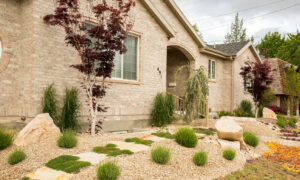
Biodiversity and Natural Beauty
You can still achieve a diverse array of plants in your xeriscape garden by selecting xeric-friendly species, although many individuals opt for a smaller selection. By using fewer plant varieties in your design, you can create a neat and well-maintained garden space with minimal effort.
Despite the simplicity, xeriscaping can still result in beautiful outdoor areas with ample natural colors and textures. Succulents, for example, come in various shades and shapes, while plants like lavender not only offer a delightful fragrance but are also drought-tolerant and thrive in dry environments.
Xeric plants encompass a wide range of options that are both visually appealing and practical. Century Plants, for instance, make for striking additions to the landscape. Other excellent choices for flowering plants include olive trees, blanket flowers, and coreopsis, which produce vibrant blooms throughout the season.
Adding strategically placed rocks and gravel to your xeriscape can enhance visual interest and texture while facilitating water drainage without soil erosion. Utilizing appropriate mulch types not only contributes to a tidy appearance but also helps to retain valuable moisture in the garden.
Water Conservation
The design of your xeriscape plays a crucial role in water conservation and ensuring the health of your plants. Certain plants have higher water requirements, so it’s advisable to place them in lower areas of the garden where water tends to collect.
On the other hand, there are plants that thrive with minimal water and prefer drier conditions. These types of plants are well-suited for higher and drier parts of your garden. By carefully selecting plants based on their preferred growing conditions, you can reduce the frequency of watering.
Depending on the natural rainfall your garden receives, it may be sufficient, or you might need to supplement with watering on a weekly or monthly basis. Adding mulch helps retain moisture and keeps plant roots cool.
Opting for a xeriscape garden instead of a traditional one can lead to significant water savings, even if you choose plants with higher moisture requirements. While some xeric plants are drought-tolerant and need minimal water, they can be just as impressive as other types of greenery.
For those who prefer a professional approach, installing an irrigation system can ensure adequate hydration for your outdoor space while minimizing water waste. These systems often deliver water below the ground to prevent evaporation. Additionally, considering paved areas that allow water to pass through and flow naturally to where it’s needed can also be beneficial.
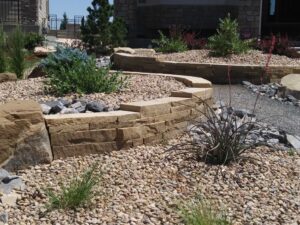
Lower Overall Costs
Maintaining a xeriscaped garden involves some essential tasks like pruning and watering, but it offers cost savings in various aspects. For instance, using gravel and rocks as mulch helps retain moisture effectively, and the added advantage is that you won’t need to replenish them annually as you would with wood or bark mulch.
Water savings are significant in xeriscaping since the landscape design ensures water is directed to where it’s needed, and overall, the plants require less water. By minimizing or eliminating turf and grass areas, you can further reduce expenses on water, fertilizers, and weed control treatments.
Xeriscaping doesn’t mean sacrificing vibrant flowers or lush green foliage. By selecting the appropriate plants, you can enjoy ongoing growth without the need for frequent replanting. Many perennial varieties are well-suited for xeriscaping, requiring minimal water and growing at a slower pace, resulting in a longer lifespan for your plants.
The Drawbacks of Xeriscaping
While xeriscaping, like any landscaping approach, has its drawbacks, many people find it worthwhile to invest the effort in order to enjoy a garden with reduced maintenance.
Little to No Turf
In certain cases, having turf or grass is a possibility in xeriscaping, but more commonly, people opt for artificial turf as a means to reduce water consumption. Although artificial turf offers both aesthetic appeal and practical benefits, some individuals may struggle to adapt to it or choose to forgo it altogether.
The absence of turf may not always be suitable for families with active children. Similarly, households with pets or specific outdoor requirements that necessitate a grassy area may need to explore alternative solutions.
Plant Selection is Crucial
When it comes to xeriscaping, randomly selecting plants from a garden center is not the way to go. Thoughtful plant selection is vital for the success of your outdoor space, considering both the overall design and the available water supply.
You can still choose visually stunning plants that add vibrant colors to your garden, but it doesn’t mean every plant will be water-intensive. By keeping your plant selection practical and aligned with your design goals, you can create a beautiful space that requires minimal maintenance for years to come.
Certain trees, such as Palm Trees, are particularly valuable in xeriscaping since they have low water requirements and can thrive in arid conditions. Including them in your design can contribute to the overall aesthetic while conserving water.

Layout Becomes Vital
When designing your xeriscaped garden, it’s crucial to consider the natural flow of available water within the space. Creating a design that maximizes the utilization of water resources is key. If you find it challenging to determine this on your own, seeking guidance from a professional can be beneficial. They can assist in harmonizing the available water resources with your desired use of the space.
The layout of your garden plays a significant role in determining the number and type of plants that can be incorporated. It also directly impacts the overall cost. By adhering to your planned layout, you can effectively schedule essential tasks such as watering, pruning, aeration, and fertilization. Following your layout ensures proper maintenance and care for your garden.
Final Thoughts
In conclusion, Xeriscape Landscaping is an excellent solution for individuals seeking a beautiful garden that requires minimal maintenance and water usage. In water-scarce areas, this method allows you to arrange your plants to thrive with minimal water while avoiding unnecessary resource wastage.
If you’re interested in Xeriscape Landscaping services, consider Mile High Lifescape. With their experienced team of experts, they can assist you in designing and creating a stunning xeriscape garden tailored to your needs and conditions. Contact Mile High Lifescape at (720) 301-3335 today to explore more about their high-quality xeriscape landscaping services.
Contact us:
Address: 1427 S Federal Blvd, Denver, CO 80219
Hotline: +1 (720) 301-3335
Email: [email protected]

